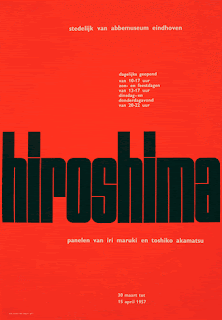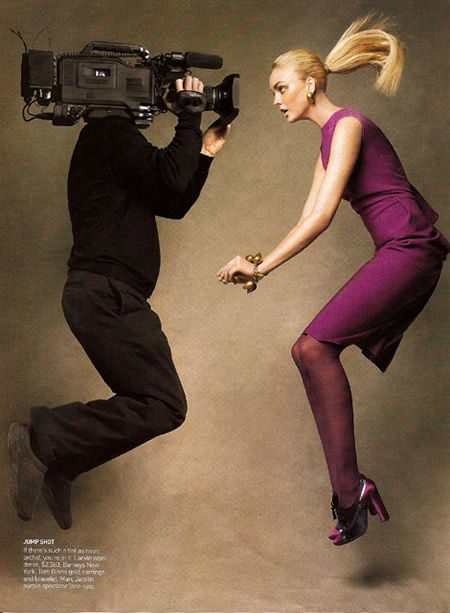"For Me Helvetica Is Just This Beautiful, Timeless Thing..."
I've started my research for my essay this week, choosing the "artist that fits into the modernist framework" question, and the artists I wanted to look at in more depth were, WIM CROUWEL and MASSIMO VIGNELLI, who were featured in that modernist period and I have been inspired by their work previously.
I watched the documentary film HELVETICA, about the typeface of the same name and graphic design as an industry. The film, directed by GARY HUSTWIT, and released in 2007 to coincide with the 50th anniversary of the Swiss typeface, features many highly regarded graphic designers ERIK SPIEKERMANN, NEVILLE BRODY, and NORMAN C.PLACE of BUILD to name but a few. The feature tells the history of the font, how it came about in 1957, designed by MAX MEIDINGER and EDUARD HOFFMANN, how its was seen as a breath of fresh air in the industry, and inspired the modern, Swiss style of graphic design. Helvetica, translated as "the Swiss typeface", was renamed in 1961, from the original name of NEUE NAAS GROTESK to make it more appealing to the Americanised market, and unbeknown to anyone became the most successful typeface of the next 50 years. What I find the most interesting about the film is how the eclectic group of designers argue its credibility in the graphic design world, from Paula Scher, who deemed Helvetica as a "sponsor of the Vietnam war" as well as the "Iraqi war", to the pioneers of the Swiss style in the form of Wim Crouwel and Massimo Vignelli, who adored the the clean, neutral lines of the font.
"The meaning is in the content of the text, not in the typeface and that is why we loved Helvetica very much" Wim Crouwel
WIM CROUWEL
A dutch Graphic designer and typographer, who in 1963 founded the design studio Total Design. In 1964, and onwards, Crouwel designed posters and exhibition catalogues for the Stedelijk Museum, were his work took on a systematic approach, and he started to use grids, "where you can play all your typographic games", and kept all his work within the system, giving a uniformity and structure to the pieces he produced and earning him the nickname "Gridnik".
As well as the print work, he created a number of typefaces, his most famous being "The New Alphabet", that embraced the modernist format and only used, horizontal and vertical lines and was as wide as it was tall allowing it to fit into every grid system. The font gained a lot of attention and showed up in an number of UK pop magazines and 30 years after designing it was asked to digitise the original typeface.
Crouwel's work is undoubtedly from the modernist era, his clear cut designs, made his posters and catalogues fresh and new for the 1960's and more important legible, a buzz word for the era, unlike that of the post-modernist artists who say just because something communicates, doesn't make it legible, however in this case the two work hand in hand together, and set the ball rolling for the next 30 years in design.
MASSIMO VIGNELLI
An Italian Graphic designer, industrial designer and architect, and founder of the design consultancy, Unimark International in 1965, which quickly became one of the biggest design firms in the world. Vignelli Will always be seen as a bearer of Swiss graphic design, often taking his own Italian flair to it, and giving it a graceful, Mediterranean edge and almost single-handily imposed Helvetica into the corporate identity of America. Some of his most recognisable works are for AmericanAirlines and Bloomingdale's. In 1966, he created the identity for the airline and by bonding the two words together to make it just one, showed a fresh way of looking at things and reflected the modernist style making it also one of the only Airlines in the last 40 years to not change its identity. The one-word AmericanAirlines logo, half red and half blue, in plain type, stresses the professionalism, "no gimmicks" attitude of the company in the national colours, and in the words of Vignelli himself "What can be more American than red and blue?"
In 1972 he created the corporate identity for the New York department store, Bloomingdale's, the logo portrays the diversity of the department store. Not one sign, but a collection of three, the first, light for fashions, the second, medium for housewares and finally bold for men's store, is what he created, a typeface design that functions at each level of appropriateness, at set him on his way in being one of the most influential design figures of the 20th century.






























